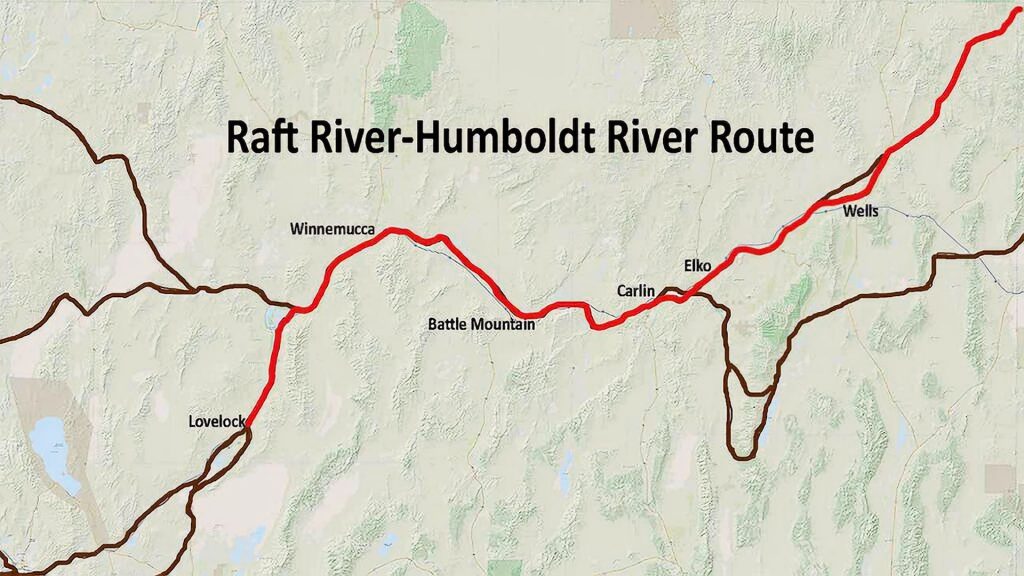Raft River to Humboldt Sink
Longer More Difficult Alternative Emigrant Route
In 1841 the Bidwell-Bartleson Party became the first wagon emigrant party to cross Utah and the first wagon/pack emigrant party to cross Nevada. They used portions of routes used by earlier travelers (without wagons). They abandoned their wagons and began packing when they entered Nevada. They ultimately made it across the Sierra Nevada and into California’s Central Valley.
The California Trail was opened to travel by the Walker-Chiles Party in 1843. Joseph B. Chiles’ party set out from Independence, Missouri, in May, 1843 and by chance encountered Joe Walker on the trail west of Fort Laramie. During the peak migration years of 1849-1853, emigrant accounts revealed how debilitating their travels became as they toiled the three hundred miles from one end of the Humboldt River to the other.
The Greenhorn Cutoff, approximately 13.5 miles long, carried wagon traffic around Carlin Canyon in Nevada. Despite its historical name, the route is not a cutoff but a detour that is several miles longer than the original trail.
Similarly, the 20.5 mile Bishop Creek Cutoff is not a cutoff but the original route of the California Trail.
The Hastings Cutoff was opened to travel by Lansford Hastings in 1846. It was promoted to save up to 400 miles going to California. The route became infamous when the ill-fated Donner-Reed wagon party took too long to cross the desert and was trapped in the Sierra Nevada in the winter of 1846-47. Even after that tragedy, the cutoff was used in 1849 and 1850 as gold seekers, in a hurry to reach California, took their chances, usually finding their travel time had actually been lengthened.

Why Join OCTA?
Join us for tours, symposiums, hikes on the trails, and preservation activities with our fun and inviting CA/NV Chapter members.




